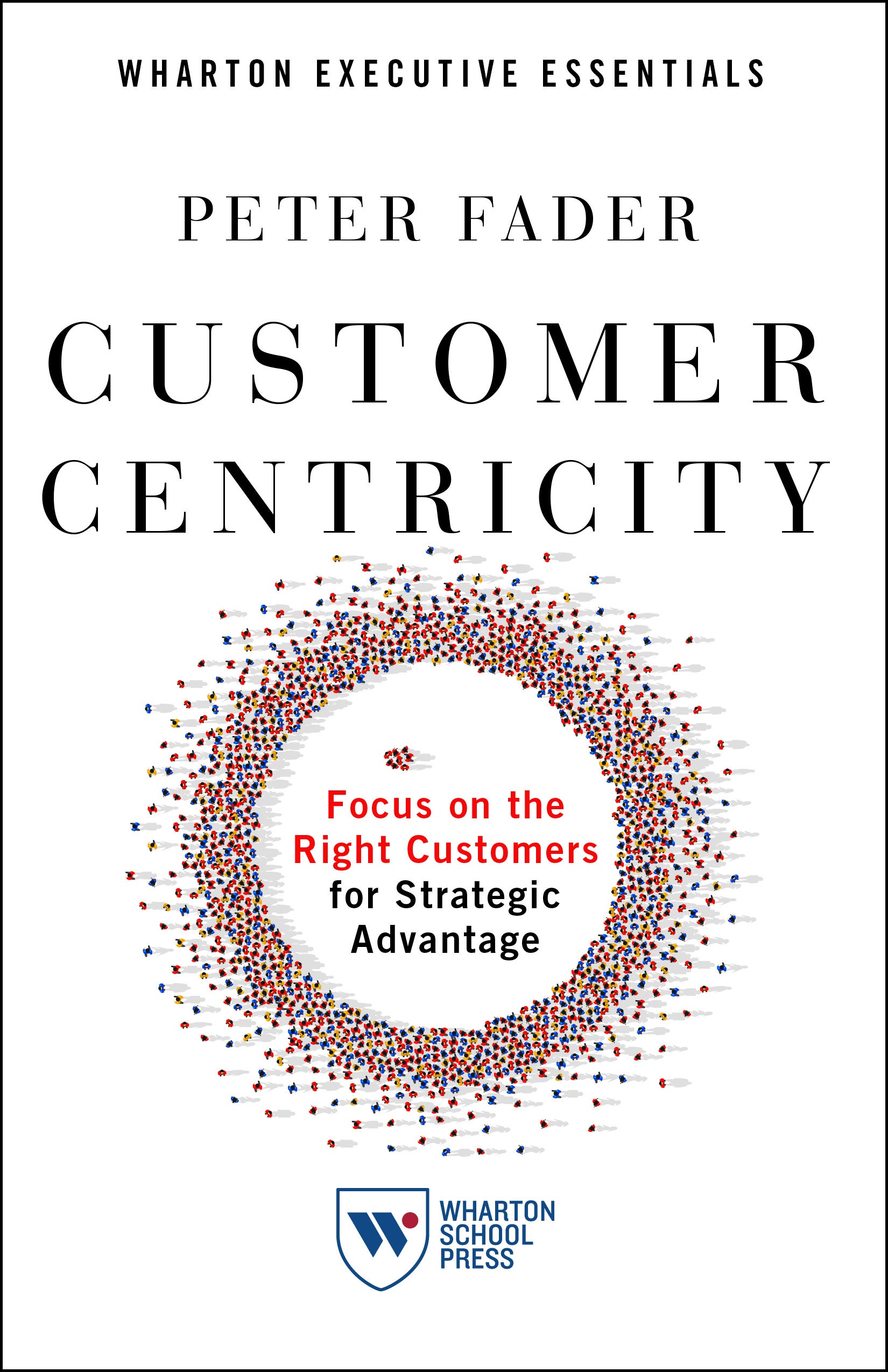 On May 25, Wharton School Press published an updated edition of Customer Centricity by Wharton marketing professor Peter Fader. In the book, Fader argues that too many companies are customer friendly, but not customer centric: They treat each customer the same, missing an opportunity to discover who their best customers are. Without that data, they cannot make their most valuable customers even more profitable to the firm.
On May 25, Wharton School Press published an updated edition of Customer Centricity by Wharton marketing professor Peter Fader. In the book, Fader argues that too many companies are customer friendly, but not customer centric: They treat each customer the same, missing an opportunity to discover who their best customers are. Without that data, they cannot make their most valuable customers even more profitable to the firm.
In this excerpt, adapted from the new edition’s preface, Fader describes how Starbucks has pivoted to become a more customer-centric company in the eight years since the book was first published.
When Customer Centricity was first published in 2011, I made a big statement about some of the biggest names in retail. I was particularly hard on Starbucks, which, I wrote, was a classic example of a “customer-friendly operation that falls short of customer centricity.”
Starbucks, I wrote, “makes almost no effort to learn anything about its customers.” I pilloried the company for gathering virtually no data about its customers. I said it was “leaving huge amounts of money on the table by failing to take advantage of the deeply ingrained buying habits that many of its customers have established over the years.”
Not long after these words were first published, I got a phone call from Aimee Johnson, who at the time oversaw the loyalty program at Starbucks.
I didn’t know it at the time, but Aimee was not calling to praise my work. Instead, she was on a mission (assigned by a senior executive) to “educate” this renegade Wharton professor to stop being so critical of the company. I couldn’t tell this from the initial call (Aimee didn’t explicitly tell me about this assignment until years later), but she asked a lot of interesting questions about my radical ideas, which upended some fundamental beliefs about customer service, customer relationship management, and customer lifetime value. She asked how they may (or may not) apply to Starbucks. After several follow-up calls, she realized that my ideas were, in fact, nicely aligned with the bold transformation that Starbucks had started to undergo. But some of the ideas, language, and analytical tools I referred to in the book were very new (and, in some ways, seemingly threatening) to the company.
Long story short: Aimee became a fan of the work and, in turn, became one of the “Heroes of Customer Centricity” whom I have praised in countless executive education sessions and keynote talks. Likewise, Starbucks as a whole made major changes to better understand its customers at a granular level and to leverage these insights in a truly customer-centric manner.
Taking Advantage of the Pumpkin-spice Frenzy
Take, for instance, the clever idea that is the Leaf Raker’s Society. If you haven’t heard of this particular corner of the internet, well, that’s no mistake. The Leaf Raker’s Society is supposed to be a “secret” Facebook group. Most specifically, it’s a secret Facebook group for people who are passionate about — you guessed it — raking leaves (among other autumn activities).
Launched by an internal Starbucks marketing team in the summer of 2018, the group is, in truth, little more than a brilliantly disguised, ongoing, permanent advertisement for the ever-popular pumpkin spice latte, which reappears on the Starbucks menu each fall. Described as a site for people who are “year-round scarf-wearers” with a goal of helping “autumn arrive earlier in the calendar year,” the Leaf Raker’s Society has evolved into a truly organic online community; as of this writing, the group had more than 37,000 members and had sparked millions of conversations since its launch that go well beyond Starbucks products. That’s customer centricity in action.
“The group is … a brilliantly disguised, ongoing, permanent advertisement for the ever-popular pumpkin spice latte, which reappears on the Starbucks menu each fall.”
For the members, it’s simply a site to celebrate fall, sweaters, pumpkins, and, of course, pumpkin spice lattes. But for Starbucks, it’s so much more. It’s a window into its customers’ hearts and minds; it offers not just usable data about those customers — Facebook, as we know for better and worse, is a treasure trove of personal data — but also, and perhaps more importantly, some perspective about how and why a group of people who are passionate about, of all things, a season are also passionate about pumpkin spice lattes. From a marketing perspective, it’s a masterstroke, and as somebody who came down somewhat hard on Starbucks in the initial publication of this work, I have to tip my cap here and say: Well done, Starbucks. Well done. You’ve come a long way.
And what about Aimee Johnson? Well, after doing great things to help Starbucks navigate the customer-centric waters, she recently decided it was time to take on a new challenge — to take her expertise to a very different company in another sector that is in desperate need of some customer-centric transformation. Today, Aimee is the CMO of Zillow, helping this digitally native real-estate giant broaden its strategy to extend well beyond its initial scope of home listings, including buying and selling homes, providing financing to homebuyers, and a range of other services that will help create lasting relationships with high-value customers. It’s bold and risky, but it’s a great example of how customer-centric thinking can cross traditional industry lines with a visionary leader like Aimee Johnson to make it happen.



